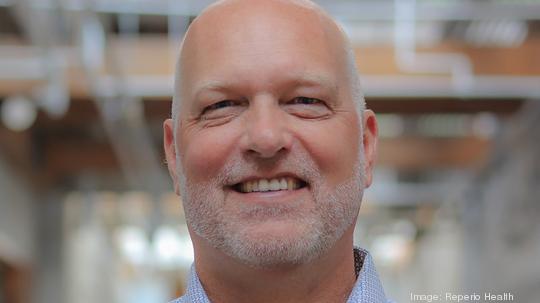
Non-exempt employees, especially frontline workers, proved essential at the height of the U.S. pandemic, ensuring Americans stayed safe and had everything they needed — food, utilities, and health services — even when doing so raised their risk of contracting Covid-19.
Many of these men and women, whose service-oriented jobs are more physically demanding than those of office-based workers, are more likely to defer essential health care. They’re also more likely to possess such health risk factors as smoking, elevated BMI and high blood pressure that are associated with high costs and emergent care.
Avoiding health care, and preventative care in general, has huge financial implications for employers.
Therefore, employers need a deeper understanding of both the challenges nonexempt workers face and the opportunities to make a meaningful difference in their health and lives.
Understanding the preventive health care gap
The fact that non-salaried workers are the least likely to possess employer health insurance is only part of the problem.
Workers also cite lack of paid time off time as a central reason for avoiding essential care, such as vaccinations and regular doctor’s visits. In fact, in an April survey of nearly 18,000 consumers, “a lack of time” was cited as a key reason for avoiding vaccination. This isn’t surprising, considering how many consumers struggle to see their primary-care doctor during normal business hours, which rarely extend beyond the 8 a.m. to 6 p.m. window.
Also, hourly wage earners struggle with the lack of affordable child care (and, sometimes, elder care). Nearly one in four children live in single-parent households, with parents who need to work, but the cost of child care in many areas often exceeds hourly wages: The average cost for child care for one child in 2020 was $612 per week for a nanny, and $320 per week for a day care center, the latter being a less-attractive option for families with high-risk children who wanted to minimize potential exposure to Covid-19.
To ask these workers to pay out of pocket for preventive-care screenings, or pay for a sitter, is not a sustainable option.
There are other issues too. A recent article in Forbes highlighted the emerging trend of “PTO anxiety,” and employees’ fears of being perceived as a ‘slacker’ for asking for time off to address health, and mental health, issues. Many of these workers fear they’ll get passed over for a promotion or a raise.
Leveling the Playing Field
Fortunately, it’s not too late to shift this dynamic, and improve access to health care and wellness benefits for nonexempt wage earners. To help their workers avoid emergent care and stave off chronic disease, employers should focus on the following areas.
1. Work culture
A healthier workforce starts with health-minded employers that demonstrate they care. For example: offering on-site healthy to-go lunch options or scheduling 15-minute breaks for individuals who need time to take diabetes medication. In an effort to improve employee retention in the service sector, McDonald's recently announced that it would help its franchise owners co-fund tuition for child care and elder care. While the program’s success is hard to gauge since it only launched in July, the message is clear: Change starts at the top.
2. Better access
Consumers employed in nonexempt jobs are at a much higher risk for diseases like diabetes, hypertension and cancer. The best way to keep chronic comorbidities at bay is to make prevention more convenient. Clinical home-testing health kits achieve this goal by providing a low-cost, convenient way for consumers to measure blood pressure, weight, cholesterol and other biometric data, which can be analyzed and leveraged to generate health recommendations.
3. Home-based wellness
Keeping individuals healthy, fit and well rested while off the clock has a direct impact on productivity and employee absenteeism. Just ask Peloton, which recently partnered with UnitedHealthcare, Wayfair and other employers to provide free streaming fitness content to workers. Providing health-centered benefits that workers can engage with anytime, anywhere, is a good way to show employees that they are valued, while helping them to stay healthy.
4. Paid time off for essential care
Workers will feel more motivated to take care of their health care needs, such as preventive screenings or lab work, when they aren’t stressing about losing money. A $100 stipend to encourage flu and Covid vaccinations, or paid time off up to four hours for annual wellness visits, for example, can be a valuable incentive for change.
5. Enhance rewards programs
Rewards programs, when designed with the real-life needs of workers in mind, can make an immeasurable difference. Case in point: While smoking cessation programs can help a subset of individuals, $50 gift cards for participating in a healthy eating/fitness challenge with a registered dietician incentivizes all nonexempt employees to get moving and earn cash.
These are just a few of the ideas for employers that want elevate health care engagement can utilize, as we begin to understand the importance of health for nonexempt employees. By helping workers make time for their health and preventive care, employers can expect to see a huge difference in outcomes, satisfaction, and cost savings, regardless of how the pandemic plays out in the future.
Travis Rush is the CEO and cofounder of Reperio Health.



